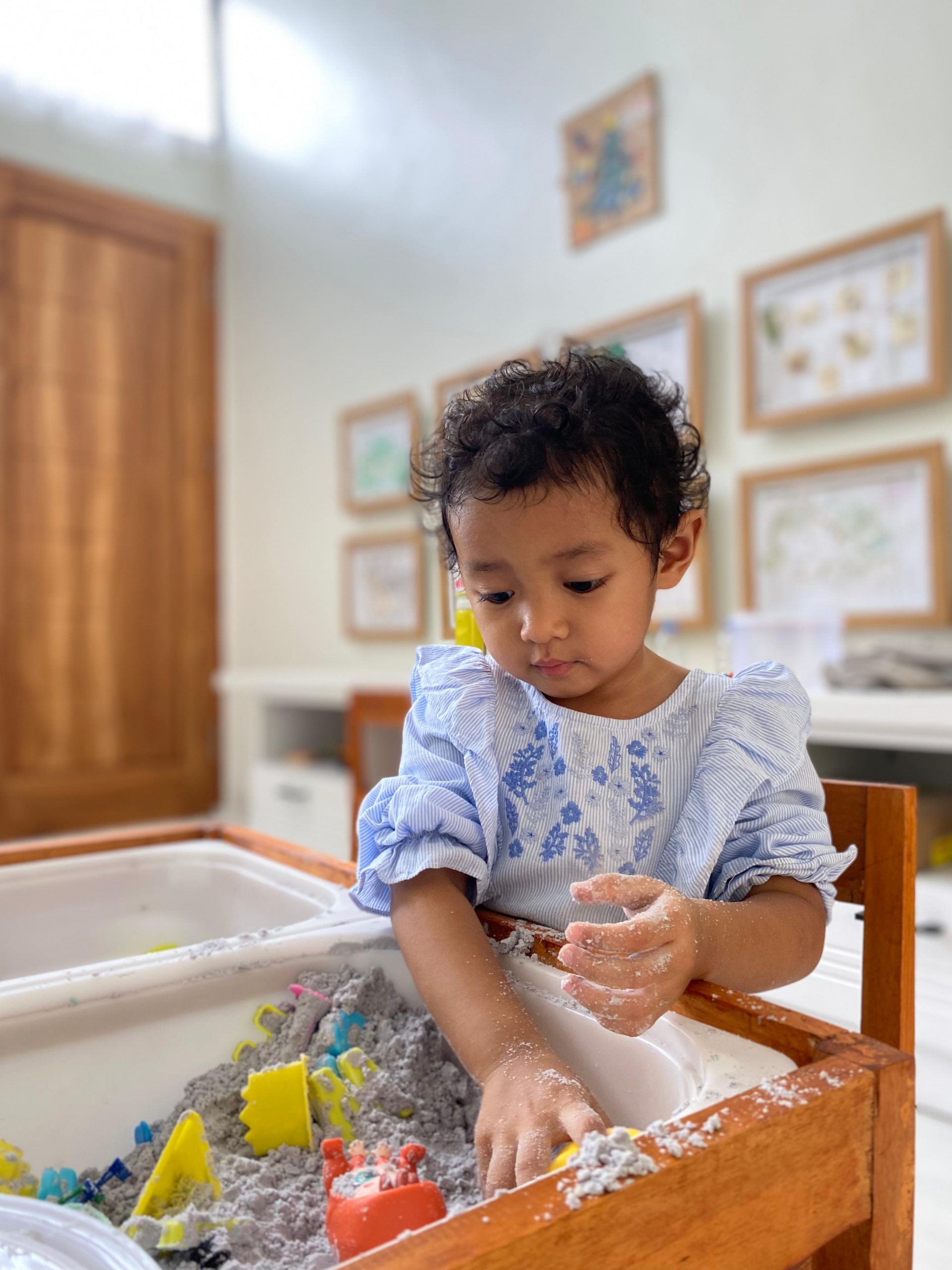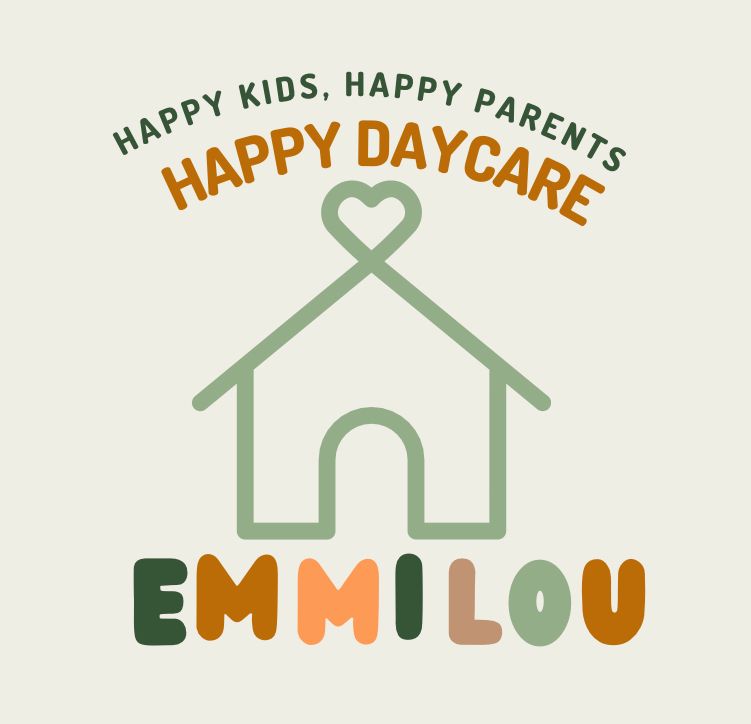Emmilou Daycare Lombok

Separation anxiety is a common and challenging experience for both children and parents when starting daycare. The process of adapting to a new environment away from familiar faces can be emotionally taxing for young children, leading to tears, tantrums, and clinginess. Understanding the difficulties children face during this transition and implementing strategies to ease their anxiety can make a significant difference in helping them adjust to daycare life.
The Emotional Impact of Separation
For many children, daycare represents their first significant separation from their parents or primary caregivers. This transition can trigger a range of emotions:
- Fear of the Unknown: The unfamiliar faces, new routines, and different surroundings can be overwhelming for young children who thrive on consistency and familiarity.
- Loss of Security: Being away from the comfort and security of their parents can make children feel vulnerable and anxious.
- Developmental Stages: Separation anxiety typically peaks between 8 to 18 months, coinciding with a child’s increasing awareness of their environment and the realization that their parents are not always present.
Signs of Separation Anxiety
Children express separation anxiety in various ways, and it’s essential to recognize the signs to provide appropriate support:
- Crying or Tantrums: Persistent crying, screaming, or tantrums when a parent leaves.
- Clinginess: Refusal to let go of a parent or caregiver, holding onto their clothes or body tightly.
- Physical Symptoms: Complaints of stomachaches, headaches, or feeling sick without a medical cause.
- Regressive Behaviors: Reverting to earlier behaviors such as thumb-sucking or bed-wetting.
- Withdrawal: Becoming unusually quiet, withdrawn, or refusing to engage in activities.
Strategies to Ease the Transition
Helping a child navigate separation anxiety requires patience, empathy, and consistency. Here are several strategies that can make the transition smoother:
- Gradual Introduction:
- Start with short visits to the daycare, gradually increasing the duration. This helps the child become familiar with the new environment and caregivers.
- Consistent Routine:
- Establish a consistent drop-off routine to provide a sense of predictability. This could include a special goodbye ritual like a hug, a kiss, or a reassuring phrase.
- Comfort Objects:
- Allow the child to bring a favorite toy, blanket, or any comfort object from home. This can provide a sense of security and familiarity.
- Positive Attitude:
- Stay calm and positive during drop-offs. Children can pick up on their parents’ emotions, so maintaining a confident and upbeat demeanor can help reassure them.
- Short and Sweet Goodbyes:
- Prolonging goodbyes can increase anxiety. Keep farewells brief and consistent to help the child understand that leaving is a normal part of the routine.
- Stay Connected:
- If possible, provide ways for the child to feel connected to the parent during the day, such as leaving a family photo in their backpack or a special note.
- Communication with Caregivers:
- Work closely with daycare staff to understand how the child is adjusting and to share any techniques that have been effective at home.
- Reinforce Positivity:
- Talk about daycare positively, highlighting fun activities and new friends. Encourage the child to share their experiences and celebrate their bravery in adjusting to the new environment.
Supporting Parents
Parents also experience emotional challenges during this transition. Feelings of guilt, worry, and sadness are common. It’s important for parents to:
- Acknowledge Their Feelings: Recognize that these emotions are normal and part of the process.
- Seek Support: Talk to other parents, friends, or professionals who can offer advice and reassurance.
- Trust the Process: Understand that with time, most children adapt to daycare and begin to enjoy their new environment.
Conclusion
Separation anxiety is a natural part of child development and a common hurdle when starting daycare. By understanding the emotional impact on children and employing strategies to ease the transition, parents can help their children feel more secure and confident in their new environment. Patience, consistency, and a positive approach can make all the difference, ultimately turning daycare into a place of growth, learning, and fun for both children and parents.
Join us: linktr.ee/emmiloudaycare
